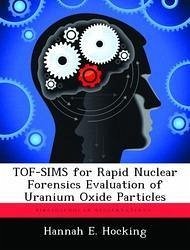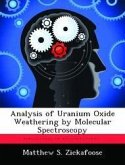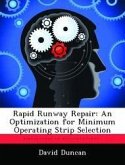Because of nuclear proliferation concerns, nuclear material must be safeguarded, and peaceful intentions verified. The field of nuclear forensics addresses these concerns. While established nuclear forensic techniques exist, quicker, more accurate and less expensive methods are of interest for nonproliferation applications. Currently a host of different analytical techniques, requiring a week or longer, are employed to obtain isotopic ratios, chemical abundances and morphology for forensic particulate samples. Time-of-Flight Secondary Ion Mass Spectrometry (TOF-SIMS) is a candidate technology for rapid evaluation of these properties for small amounts of nuclear materials. After a thorough investigation, this study found TOF-SIMS to be particularly useful to the nuclear forensic field as a triage technique, capable of quickly identifying and roughly assessing uranium containing materials for these properties. Uranium isotopic abundances can be determined to an accuracy of 1 percent. Uranium oxide particles are clearly distinguished from one another. TOF-SIMS imaging easily and quickly reveals the basic shape and composition of particles. Additionally the relative abundances of various secondary ions produced with TOF-SIMS may uncover new information on fundamental uranium oxide structures and properties.
Hinweis: Dieser Artikel kann nur an eine deutsche Lieferadresse ausgeliefert werden.
Hinweis: Dieser Artikel kann nur an eine deutsche Lieferadresse ausgeliefert werden.








